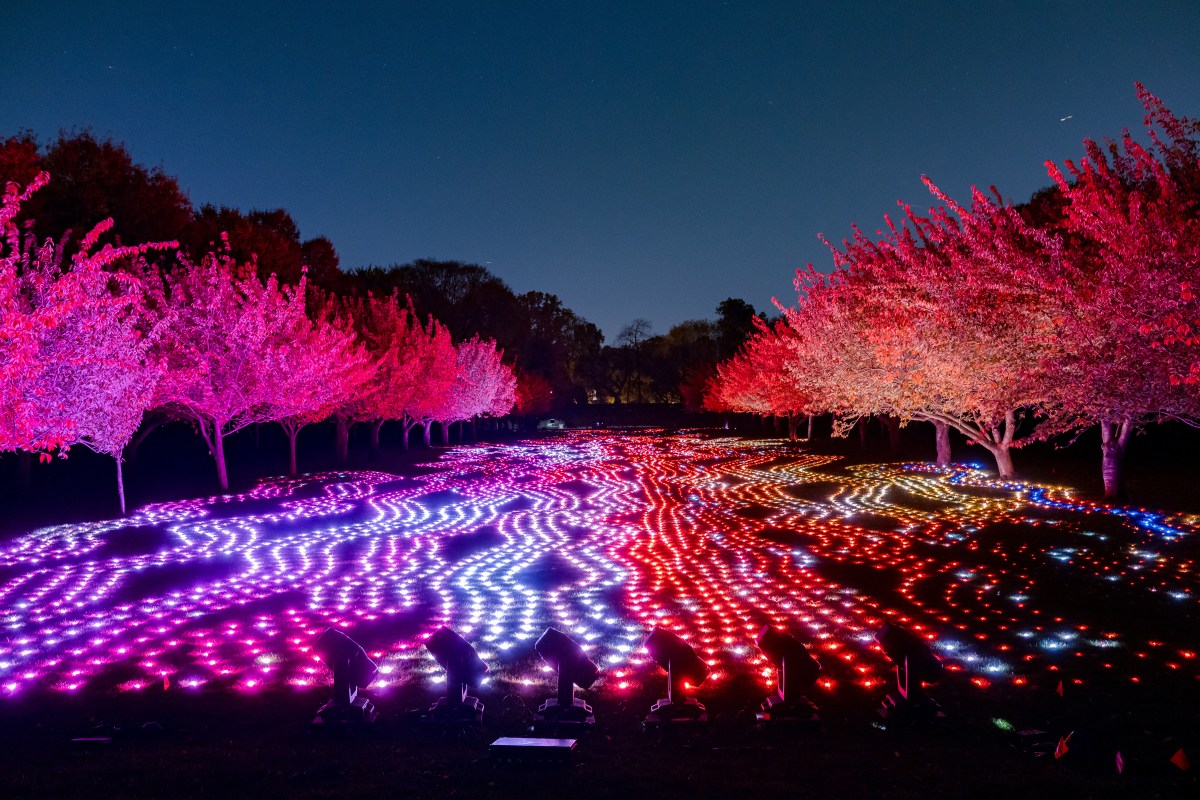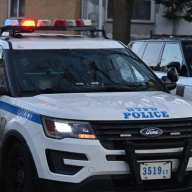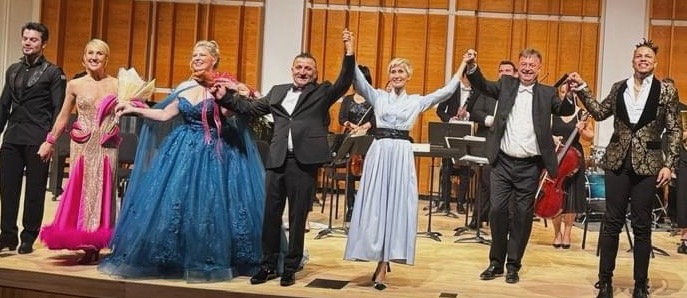Behind the luxury stores, the brunch spots and the stylish elite of downtown Manhattan, are the buildings where the founding fathers and mothers of post-punk, disco and hip-hop lived, worked and played. They’re hidden in plain sight, mostly forgotten, as SoHo, NoLIta and TriBeCa thrive as now-hip neighborhoods.
One Brooklyn musician is hoping to bring these dance clubs, studios, apartments and galleries back to public consciousness with “Walk on the Wild Side NYC,” a new walking tour company for “music nerds.”
From Sonic Youth to Public Enemy, tour guide Jesse Rifkin’s knowledge of the city’s role in some of the biggest musical movements in the world is impressive.
The 32-year-old, who has lived in the city since 2004, has put together a set list of tours: “The Birth of Punk Tour,” “The Post-Punk, Disco & Hip-Hop Downtown Tour,” “The Indie Rock Tour” and two artist-specific tours dedicated to “Sonic Youth’s New York” and “Arthur Russell’s New York.” And if your musical tastes are outside of those genres, he’ll customize one to your interests.
The tours, which can last up to two or three hours, wind around the city’s streets, stopping at buildings and storefronts you’d probably pass every day without a thought to their significance.
“It’s important to highlight the changes [within the community] — music and gentrification tend to go hand in hand,” he told amNewYork. “I like getting people to think about that and getting them to seeing the geographical closeness of these places. It humanizes people and makes the act of doing what they did seem more accessible.”
We went with Rifkin on his “Post-Punk, Disco & Hip-Hop Downtown” tour this week, following in the footsteps of artists like Madonna, Jean-Michel Basquiat, the members of Sonic Youth, Blondie, Rick Rubin and Arthur Russell, and learning more about these music scenes (from 1975 to ’88) and their interconnectivity through the city’s buildings.
Here’s what we learned from Rifkin’s tour:
Did you know?
Thanks to the city’s economic collapse in 1975, much of downtown (SoHo, TriBeCa and NoLIta) became a ghost town. Industries moved out and residents fled, leaving behind plenty of affordable space for artists and musicians to take up residence in. It may not have been the safest place to walk at night, but it gave creatives a space to thrive and cross-pollinate. Even though disco, post-punk and hip-hop were worlds apart, their pioneers mixed and mingled downtown in these spaces.
Basquiat lived at 101 Crosby St., probably on the second floor, which he shared with his girlfriend Madonna for a year until they split up.
Madonna wrote almost every song on her first album here except “Everybody,” which was already out as a single.
Basquiat wasn’t just an artist but a musician involved in the No Wave movement with his band Gray. No Wave was an avant-garde, experimental genre whose name pokes fun at New Wave, which incorporated electronic music and disco at times. He also produced a hip-hop single, “Beat Bop” while he lived here, Rifkin said.
Rifkin said the a fourth-floor apartment advertised as Basquiat’s has been on Airbnb for $1,900 a for a minimum three-night stay.

Members of Blondie and their friends lived and rehearsed at an apartment building at 266 Bowery around 1973 to 1975. They took up all three floors for $300 a month through a deal with someone’s grandmother, Rifkin said. It became a sort of clubhouse for other bands, who would live and play nearby at CBGB and other spots. The building’s storefront is an old commercial kitchen equipment company that was established in 1947 but it’s unclear if it’s been in the same spot the whole time.

The Baby Blue Line at 238 Mott St. used to be Todd’s Copy Shop, a Xerox copy shop owned by Todd Jorgensen in the 1980s. “So what?” you ask. This is where a lot of “cross-pollination” happened, according to Rifkin. It was only one of two Xerox shops below Houston Street so bands and artists (Basquiat included) would use it to print fliers for their shows. Jorgensen would let them make copies for free to support the arts. Members of Sonic Youth worked here, too.
What is now an American Eagle store at 172 Mercer St., used to be the second iteration of The Gallery, one of the first discos in Manhattan, which opened in 1973. Owners DJ Nicky Siano and his brother Joe Siano kept it open until about 1977, when Joe shut it down after giving Nicky an ultimatum — quit heroin or the club closes, Rifkin said.
Nicky is said to have been a pioneer of (now) corny DJ tricks like the beat drop, the crossfade and others. His personality was wild — “you definitely looked at Nicky,” Rifkin said.
The Gallery was open to everyone, unlike a lot of clubs. The Flamingo, an exclusively gay disco, operated just above it on the second floor.

One of the most significant music landmarks (which isn’t actually marked at all) is the former home of Big Apple Recording (known as Greene Street Studio because it was at 112 Greene St.), where Sonic Youth’s “Daydream Nation,” Public Enemy’s “It Takes a Nation of Millions to Hold Us Back,” Run-DMC’s self-titled debut album, among others, were recorded.
The first-ever downtown hip-hop performance happened here at The Kitchen, 59 Wooster St. “Graffiti Rock” brought singers and dancers to downtown, introducing the residents and artists in this area to hip-hop for the first time, Rifkin said. Arthur Russell, was instrumental in this. He booked the space for avant-garde music and art, collaborating with New York artists from Allen Ginsburg to even Vin Diesel. While it was at this location, rock bands played here, including the Talking Heads, which had one of its first shows there in 1975.

There’s much more to discover on Rifkin’s tours, like The Mudd Club, Chung King’s House of Metal, “The Abbey Road of Hip-Hop,” Def Jam’s original headquarters and more.
A lot of these dance clubs and studios moved on or shut down by the early 1990s under Mayor Rudy Giuliani, when policing tactics put a “period at the end of the sentence,” Rifkin said.
Check out this and other tours at walkonthewildsidenyc.com. Tours are typically $25 but the Sonic Youth tour is “pay what you wish” on Oct. 18 and Oct. 20 in honor of “Daydream Nation’s” 30th anniversary.

































